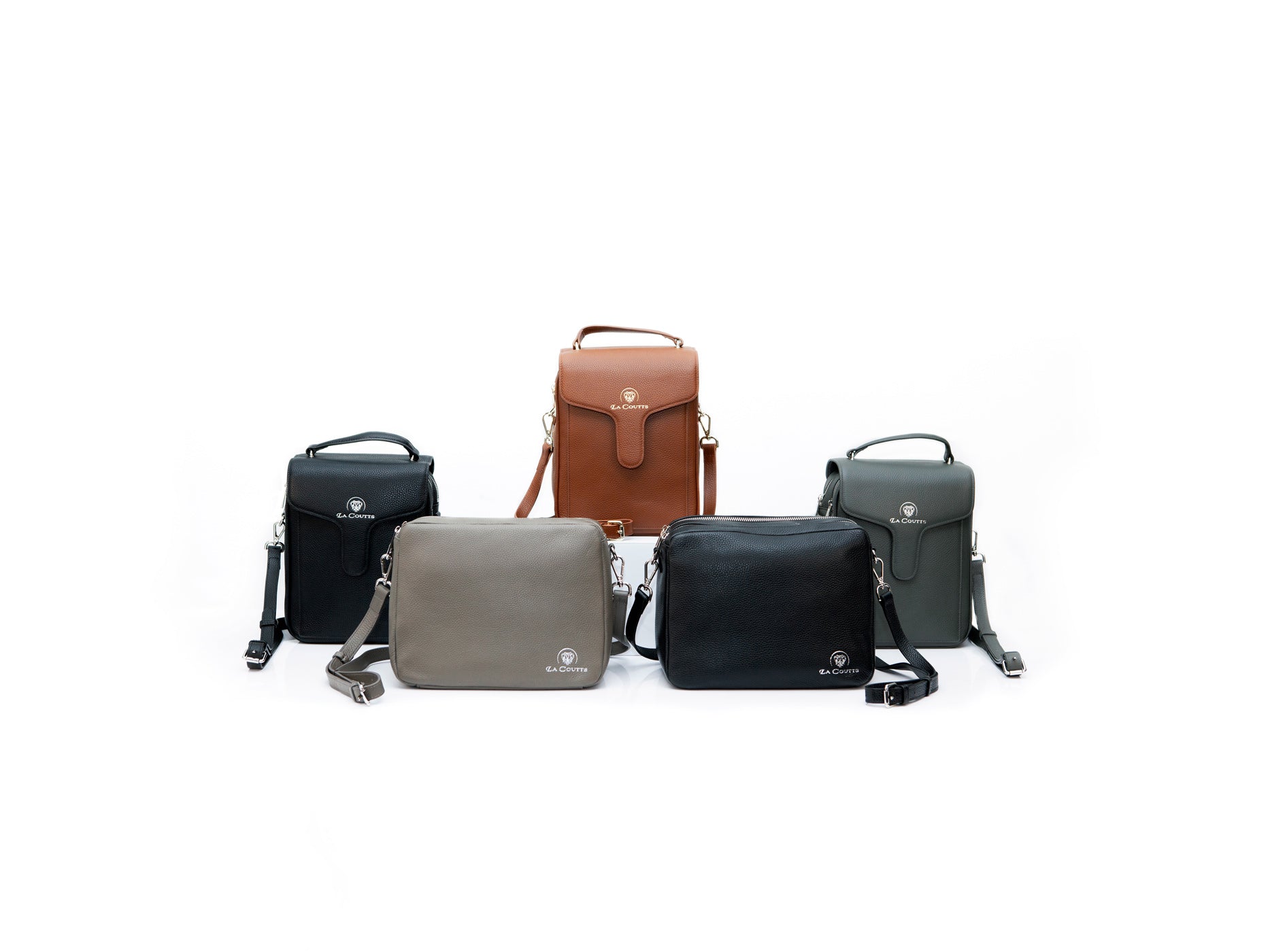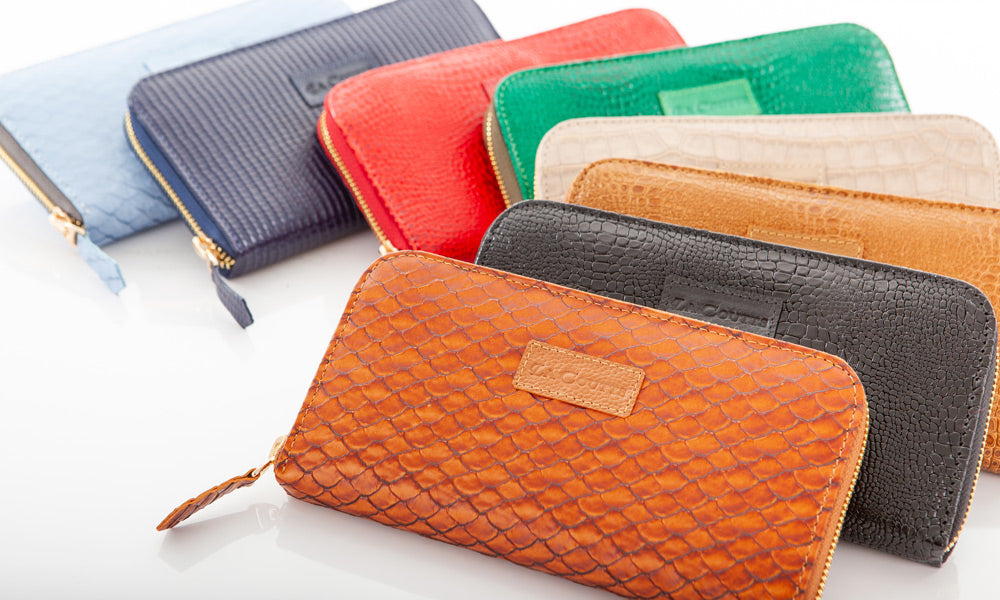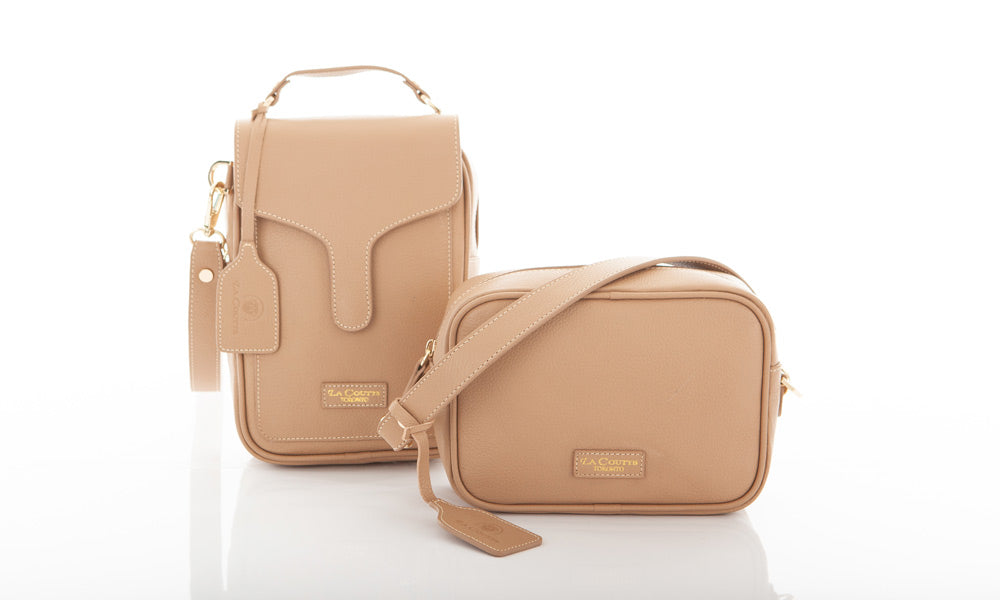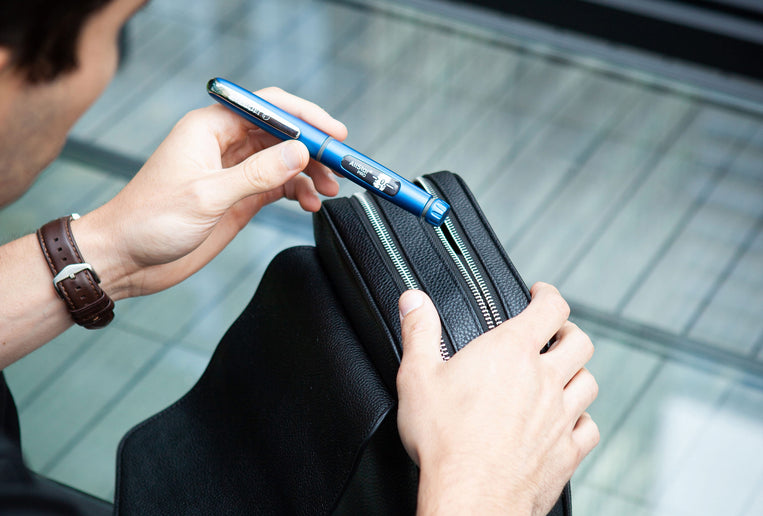Diabetes is among the most chronic diseases in Canada, with 8.9% living with diabetes. But having this condition shouldn't stand in your way when you want to explore the world.
For people with diabetes, traveling with insulin requires extra attention. It would help to have a thorough plan that suits your health needs, whether you are cruising, driving, or flying. Activities such as researching excursions, booking flights, and arranging your accommodation should also consider your condition.
So, what's the proper way to pack your diabetes supplies for a trip? Keep the following tips in mind for a stress-free trip.
Make a Checklist for Your Travel
A checklist can serve as a roadmap for the activities you intend to do and the supplies you need. As you draft the checklist, research everything related to the trip. Decide on the mode of transportation and accommodation based on the available options.
You should also find out more about the nearby pharmacies and hospitals and list them. The checklist should also list sources of emergency medication.
Make scheduling an appointment with your healthcare provider part of the checklist items. During the appointment, check your blood sugar levels and discuss your travel itinerary with the physician. Other activities you need to add to the list include the following:
- Learn how to adjust insulin doses in different environments
- Pack appropriate items to help keep your blood sugar in check
- Seek a medical letter that highlights your need for diabetes-related medical supplies
- Get extra labels to attach to your medical supplies
Carry More Insulin and Supplies Than You Need
Your diet may change when you travel to a new place. You may start eating more or less often and try local cuisine. But these diets can affect your blood sugar, especially if they feature more carbohydrates.
It would help if you tracked what you eat. You may also need a higher insulin dose to cope with sudden diet changes. The dose and timing should reflect your doctor's recommendations.
Bring double the amount of insulin you need for the trip. The extra insulin will help you cope with unexpected delays, such as canceled flights.
La Coutts Toronto leather handbags are an awesome choice for traveling as they offer the perfect blend of style and functionality. These handbags have a discreet thermal side specifically designed to carry insulin and fresh snacks. You can carry medication throughout a busy day – whether it's for diabetes or any other medical condition.
The other side of the bag is non-thermal and perfect for carrying your phone, wallet, and other essentials. With plenty of pockets and compartments, you can stay organized and have easy access to all your belongings.
Carry alcohol swabs and diabetes devices in your travel bag as supplies. You also need glucose gels/tablets, sugary snacks, insulin syringes, and disposal containers for syringes. And depending on your hobbies, you may carry sporting gear like your golf kit or hiking attire, too.
Store Insulin Properly When Traveling with Insulin
Unopened insulin stays stable in the fridge (36 to 46 degrees Fahrenheit). But carrying a fridge with you is a challenging task. Instead, place your unopened insulin in a cooler, making sure it doesn't touch ice directly.
You can get a cooling bag to avoid carrying a big cooler. Insulin cases can keep the medication cool for several hours or days.
The rules for storing insulin when traveling on the road are simpler. But if you are flying, you need to carry a certain amount and get a carrying permit. Also, ask the airport staff to handle your insulated bags gently to avoid damaging the supplies.
Handle Insulin with Care When You Arrive
It's advisable to keep unopened diabetic insulin in a clean fridge. You shouldn't place it in the freezer since its quality might change. Depending on the product, it can also stay outside the fridge for a while.
While it is safe to use when taken out of the fridge, cold insulin is painful to inject. Let it stay at room temperature for some minutes before injecting it into your system. Also, stick to the manufacturer's instructions for storing opened insulin.
You can put insulin vials back in the refrigerator after using them. But that won't work for an opened insulin pen since it needs to stay at room temperature.
The lifespan of an insulin pump depends on the model and type of insulin. To handle it properly, follow the instructions that recommend the shortest time frame for changing out the medicine.
Keep Your Insulin Away from Extreme Temperatures
It's normal to want to explore activities such as swimming or golfing at your destination. As you explore these excursions, keep your insulin from harsh weather conditions. Insulin can break down at very low or high temperatures, making it ineffective.
So, if you are visiting a hot place, keep the insulin in a cooler. You should also keep it somewhere close to your body if the destination is cold to prevent it from freezing.
Only Adjust Your Insulin Dose When Necessary
Your healthcare provider should guide you on the dosage and timing of insulin. You can count on them for directions on adjusting the dose if your blood sugar spikes. They may even recommend different dosages for different time zones or climates.
Adjust the dose based on these recommendations if you are entering a new time zone or climate. Set the timing to correspond to the new time zone.
Prepare for Uncertainties
You may encounter uncertainties on your trip. So, preparing in advance can help you handle them. For instance, you could lose your diabetes supplies or experience delays.
A travel insurance plan can help reimburse pre-paid, non-refundable travel expenses. Find one that is suitable for people with your condition. You should also have emergency contact information on you at all times.
Other ways to prepare for uncertainties include learning the basics of the local language. Carrying a written prescription for your medications can also help.
Buy a Handbag to Carry Your Diabetes Supplies
If you take insulin to manage diabetes, choose proper insulin storage and handle your supplies carefully. You need to plan for the unexpected when traveling with insulin. Remember to make room for diet, time zone, and climate changes.
If you are looking for convenient designer thermally insulated handbags to carry your diabetes supplies, count on La Coutts Toronto. During the month of March, we are giving $25 to Diabetes Canada for every bag sold on Tuesdays. Shop La Coutts handbags today.
Recent Posts

La Coutts Toronto Hits the Runway at Pump Couture Fashion Show
Discover how La Coutts Toronto's thermal...

La Coutts Toronto is Hiring Sales Reps and Distributors
We are a Canadian Company that...

A Guide to Shopping for Designer Handbags in Toronto
Are you looking for your new...

Finding Your Fit: How To Get the Most From Leather Bags, Toronto
The right leather bag can be...

Signature Collection
Browse Now



